Gift of Nature
—— Plant Dyes ——
Since ancient times,
there has been a tradition of dyeing with plant dyes in China.
Natural dyes are divided into three categories:
organic animal dyes, plant dyes and inorganic mineral dyes,
of which plant dyes are the main.
The difference of plant species and parts has an important influence
on the color of plant dyes.
According to the color system, it can be divided into
red, yellow, green, blue, purple, black and tan.
It can also be classified according to its chemical composition and dyeing method.
Different Colors of Plant Dyes
Red——Radix Rubiae. Hematoxylon. Flos Carthami. Carmine...
Yellow——Fructus Gardeniae. Flos Sophorae. Turmeric. Amur cork. Radix Rehmanniae. Hispid Arthraxon. Ginkgo Leaf. Saffron Crocus...
Green——Dahurian Buckthorn...
Blue——Indigo Plant. Gardenia Blue...
Purple——Radix Lithospermi. Purple Sweet Potato...
Grey & Black——Chinese Nutgall. Acorn Shell. Persimmon Leaf. Chestnut Shell...
Tan——Walnut Green Husk. Dye Yam. Tea...
Different Structure of Plant Dyes
Flavone: Granatum. Flos Sophorae. Ginkgo Leaf
Flavone Rutin Lutein
Carotenoid: Cape Jasmine. Saffron Crocus
Crocetin
Anthraquinone: Radis Rubiae. Purple Shellac. Rhubarb. Carmine Cochineal
Anthraquinone
Naphthoquinone: Radix Lithospermi. Walnut Green Husk
Naphthoquinone
Curcuminoid: Turmeric
Curcumin
Indigo: Indigo Plant
Indigo Indirubin
Chlorophyl: Dahurian Buckthorn
Chlorophyll A
Tannin: Chinese Nutgall. Dye Yam. Tea
Gallic Acid (+)-Catechin
植物染料染色织物色泽自然柔和
不仅保留了自身独有的药物特性和芳香成分
还对人体和环境友好,可生物降解
是未来纺织业中不可或缺的重要成分
Sinoteco
Naturoot
sinotex2@sinotexs.com
021-50818802
www.sinoteco.com








